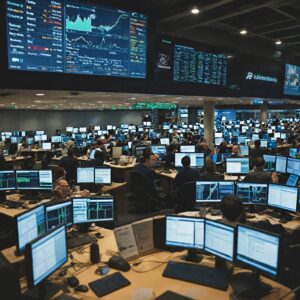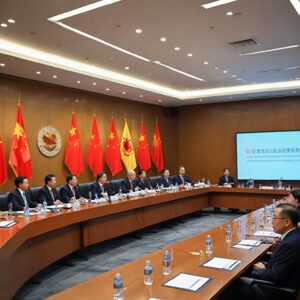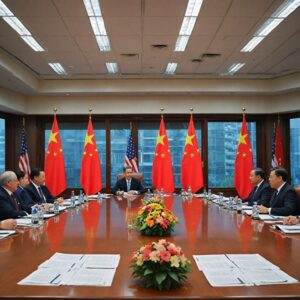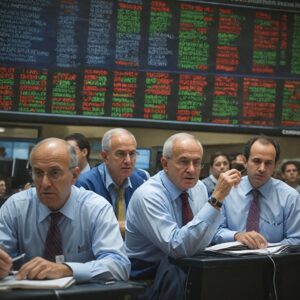
Highlights:
– China’s retail sales in May saw remarkable 6.4% growth, the highest since late 2023.
– The surge in consumption was fueled by government subsidies and trade-in programs.
– Despite the growth, challenges like falling property prices and trade policy uncertainty remain.
China’s Retail Sales Surge Amidst Economic Challenges
The recent surge in China’s retail sales, growing at a rate of 6.4% in May, signifies a significant rebound for the world’s second-largest economy. This growth, the fastest since late 2023, was largely attributed to government subsidies aimed at boosting consumption. The increase exceeded analysts’ expectations and marked an acceleration from the previous month, showcasing a positive turn for an economy that has been grappling with deflationary pressures.
Linghui Fu, a National Bureau of Statistics spokesperson, pinpointed various factors driving the spike in consumption, including a consumer goods trade-in program, a pre-“618” e-commerce event surge in online shopping, and an expansion in visa-free entry for foreign tourists. Despite this encouraging growth, challenges such as trade policy uncertainty and a slowdown in industrial output pose threats to sustaining the positive momentum.
Challenges and Opportunities for Sustaining Growth
As China navigates its economic recovery, concerns linger around maintaining stable growth amidst a backdrop of falling property prices and uncertainty in global trade policies. The recent slowdown in industrial output and fixed-asset investments underscore the need for continued policy support to bolster key sectors within the economy. The trade dynamics, exemplified by a significant decline in exports to the U.S. but growth in other regions, highlight the shifting landscape of international trade relations.
Looking ahead, policymakers face the delicate balance of spurring domestic consumption, addressing deflationary trends, and navigating external challenges. While the current resilience in exports offers a glimmer of hope, sustained efforts and potentially targeted fiscal measures may be required to ensure a lasting and robust economic recovery in the face of evolving market conditions.
Strategies for Sustainable Economic Recovery
To address the complex web of challenges and opportunities in China’s economic landscape, policymakers may need to consider a multi-faceted approach. This could involve targeted measures to stimulate domestic consumption, support key industries facing headwinds, and navigate geopolitical uncertainties impacting trade dynamics. Balancing short-term economic stimulus with long-term structural reforms will be crucial in charting a sustainable growth trajectory.
Furthermore, engaging in constructive dialogues with international partners to foster trade relations and exploring avenues for diversification in export markets could help mitigate risks associated with geopolitical tensions. As China continues to navigate its economic recovery, a strategic and adaptive approach that responds to both domestic and global economic dynamics will be essential in shaping a resilient and prosperous future for the country.
Conclusion:
China’s recent surge in retail sales offers a glimmer of hope for its economic recovery, but challenges like falling property prices and trade uncertainties loom large. How can policymakers strike a balance between stimulating domestic consumption and addressing external challenges for sustained growth? What role can international cooperation play in supporting China’s economic development amidst evolving global dynamics? How might China’s economic recovery impact the broader global economy in the post-pandemic era?
Editorial content by Blake Sterling

















